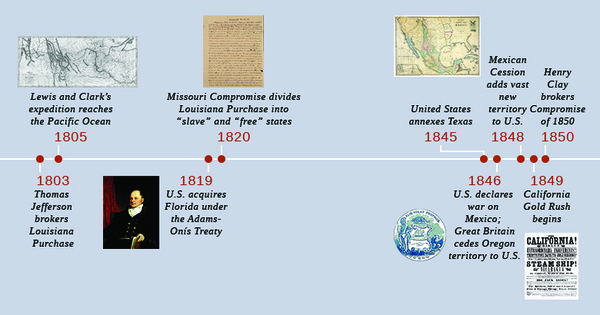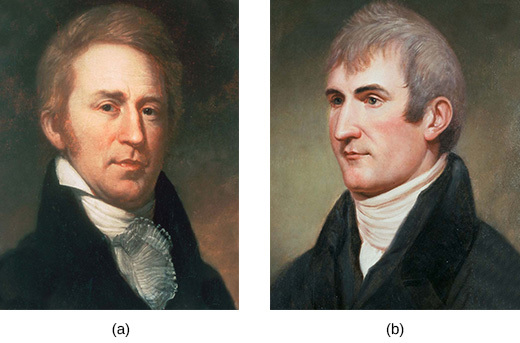| << Chapter < Page | Chapter >> Page > |

For centuries Europeans had mistakenly believed an all-water route across the North American continent existed. This “ Northwest Passage ” would afford the country that controlled it not only access to the interior of North America but also—more importantly—a relatively quick route to the Pacific Ocean and to trade with Asia. The Spanish, French, and British searched for years before American explorers took up the challenge of finding it. Indeed, shortly before Lewis and Clark set out on their expedition for the U.S. government, Alexander Mackenzie, an officer of the British North West Company, a fur trading outfit, had attempted to discover the route. Mackenzie made it to the Pacific and even believed (erroneously) he had discovered the headwaters of the Columbia River, but he could not find an easy water route with a minimum of difficult portages, that is, spots where boats must be carried overland.
Many Americans also dreamed of finding a Northwest Passage and opening the Pacific to American commerce and influence, including President Thomas Jefferson. In April 1803, Jefferson achieved his goal of purchasing the Louisiana Territory from France, effectively doubling the size of the United States. The purchase was made possible due to events outside the nation’s control. With the success of the Haitian Revolution, an uprising of slaves against the French, France’s Napoleon abandoned his quest to re-establish an extensive French Empire in America. As a result, he was amenable to selling off the vast Louisiana territory. President Jefferson quickly set out to learn precisely what he had bought and to assess its potential for commercial exploitation. Above all else, Jefferson wanted to exert U.S. control over the territory, an area already well known to French and British explorers. It was therefore vital for the United States to explore and map the land to pave the way for future white settlement.
To head the expedition into the Louisiana territory, Jefferson appointed his friend and personal secretary, twenty-nine-year-old army captain Meriwether Lewis, who was instructed to form a Corps of Discovery . Lewis in turn selected William Clark, who had once been his commanding officer, to help him lead the group ( [link] ).

Jefferson wanted to improve the ability of American merchants to access the ports of China. Establishing a river route from St. Louis to the Pacific Ocean was crucial to capturing a portion of the fur trade that had proven so profitable to Great Britain. He also wanted to legitimize American claims to the land against rivals, such as Great Britain and Spain. Lewis and Clark were thus instructed to map the territory through which they would pass and to explore all tributaries of the Missouri River. This part of the expedition struck fear into Spanish officials, who believed that Lewis and Clark would encroach on New Mexico, the northern part of New Spain. Spain dispatched four unsuccessful expeditions from Santa Fe to intercept the explorers. Lewis and Clark also had directives to establish friendly relationships with the western tribes, introducing them to American trade goods and encouraging warring groups to make peace. Establishing an overland route to the Pacific would bolster U.S. claims to the Pacific Northwest, first established in 1792 when Captain Robert Gray sailed his ship Columbia into the mouth of the river that now bears his vessel’s name and forms the present-day border between Oregon and Washington. Finally, Jefferson, who had a keen interest in science and nature, ordered Lewis and Clark to take extensive notes on the geography, plant life, animals, and natural resources of the region into which they would journey.

Notification Switch
Would you like to follow the 'U.s. history' conversation and receive update notifications?